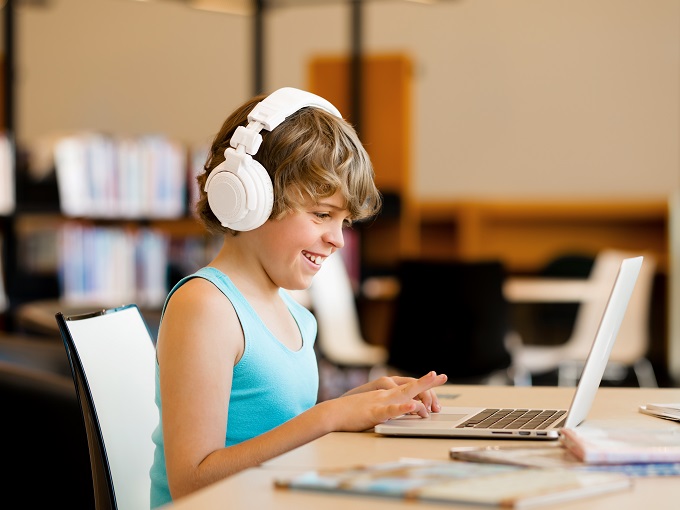 I’m not sure any of us were ready to move fully online but wham!, before we knew it, many of us were building the plane as we flew it. As schools closed due to COVID-19, teachers scrambled to figure out how to switch to remote learning. I have been incredibly impressed with teachers’ abilities and tenacity to do this on such short notice and to consider the complexities of the situation, including the variation of circumstances from family to family.
I’m not sure any of us were ready to move fully online but wham!, before we knew it, many of us were building the plane as we flew it. As schools closed due to COVID-19, teachers scrambled to figure out how to switch to remote learning. I have been incredibly impressed with teachers’ abilities and tenacity to do this on such short notice and to consider the complexities of the situation, including the variation of circumstances from family to family.
With this in mind, I offer a few general tips for effective remote learning:
- Keep it simple. (Sometimes less is more.)
- Use familiar digital platforms. (This avoids added stress and new learning so focus can be on content and connections.)
- Consider nondigital options. (First and foremost, issues of equity need to be considered, but also we want to avoid too much screen time.)
- Avoid worksheets, both paper and digital. (Learning should be meaningful and not busywork.)
- Consider asynchronous learning. (This allows for greater flexibility and balance.)
- Be compassionate, flexible, and forgiving. (The most important tip of all! Don’t forget to honor this for yourself as well.)
Building off these tips, here are a few suggested resources educators can use to engage students in asynchronous, meaningful literate practices at home now and during the summer months:
Google Slides HyperDocs
Create learning modules with Google Slides HyperDocs. Use this approach to put it all together and lead students through step-by-step directions and meaningful learning using multimodalities including text, embedded videos, screencasts, hyperlinks, and the like. Each of the following suggestions could be embedded in the Google Slides HyperDoc.
Online book clubs
Create an Edmodo or Flipgrid page where students can join to discuss a commonly read book. Edmodo is similar to Facebook and allows students to post and respond to each other. Flipgrid is a great tool that allows students to respond with up to 10 minutes of video recordings.
Paired books and movies
Being at home is a great time for families to enjoy a movie night. Consider suggesting that students watch movies before or after reading the paired book to compare and contrast. Here are some book–movie pair suggestions to get you started.
Reading to Make a Difference
With ideas based on our book, Reading to Make a Difference: Helping Children to Think Deeply, Speak Freely, and Take Action (Heinemann), this blog post shows how to curate collections of texts that lead students toward meaningful conversations and action to make a difference while at home. For instance, consider reading a book such as Because Amelia Smiled (Candlewick) by David Ezra Stein and asking students how they might spark acts of kindness in their homes and in their communities during quarantine and beyond.
Virtual books and informational text
There are many online resources available to provide access to books including read-alouds on YouTube, websites such as Storyline Online, public library e-books, and publisher’s websites. Clare Landrigan has a great post on her blog about how to create a virtual library. She also provides a template you can use to get your own library started. Here are several repositories of books and informational texts to help stock your virtual shelves:
Katie (Stover) Kelly is an associate professor of education at Furman University in Greenville, SC, and coauthor of From Pencils to Podcasts: Digital Tools to Transform K–6 Literacy Practices (Solution Tree), Smuggling Writing: Strategies That Get Students to Write Every Day, in Every Content Area, Grades 3–12 (Corwin), and Reading to Make a Difference: Using Literature to Help Children Think Deeply, Speak Freely, and Take Action (Heinemann). Follow her on Twitter @ktkelly14 and her blog at bookbuzz.blog.